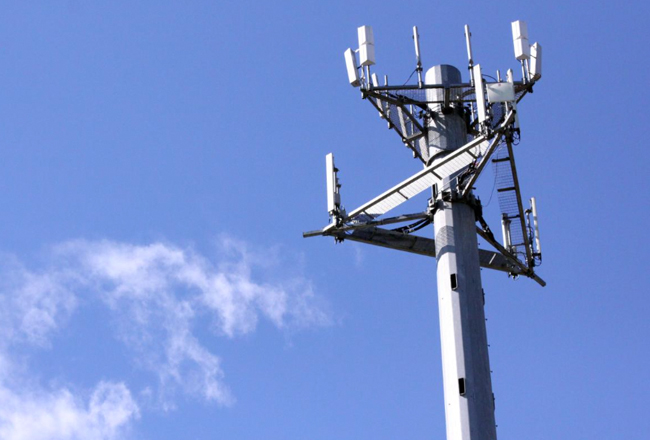Broadband internet is necessary for Americans to do their jobs, to participate equally in school learning, health care, and to stay connected. Yet, by one definition, more than 30 million Americans live in areas where there is no broadband infrastructure that provides minimally acceptable speeds – a particular problem in rural communities throughout the country. The deal’s $65 billion investment ensures every American has access to reliable high-speed internet with an historic investment in broadband infrastructure deployment, just as the federal government made a historic effort to provide electricity to every American nearly one hundred years ago.
The bill will also help lower prices for internet service by requiring funding recipients to offer a low-cost affordable plan, by creating price transparency and helping families comparison shop, and by boosting competition in areas where existing providers aren’t providing adequate service. It will also help close the digital divide by passing the Digital Equity Act, ending digital redlining, and creating a permanent program to help more low-income households access the internet.
The above is excerpted from a White House Fact Sheet issued today outlining the telecom infrastructure element of a legislative agreement with Congress to implement the Biden administration's American Jobs Plan.
While the bill language hasn't been published, the fact sheet refers to a universal service nondiscrimination mandate like that contained in Title II of the Communications Act in the italicized portions. It also refers to what appears to be a separate bill -- The Digital Equity Act. The Act bars "digital redlining," defined as "discrimination by internet service providers in the deployment, maintenance, or upgrade of infrastructure or delivery of services. The denial of services has disparate impacts on people in certain areas of cities or regions, most frequently on the basis of income, race, and ethnicity." Title II requires providers honor all reasonable requests for service.
Noticeably absent from the fact sheet synopsis of the bill are references to nonprofit and publicly owned infrastructure, a stated preference expressed by the administration when the American Jobs Plan was unveiled earlier this year.

